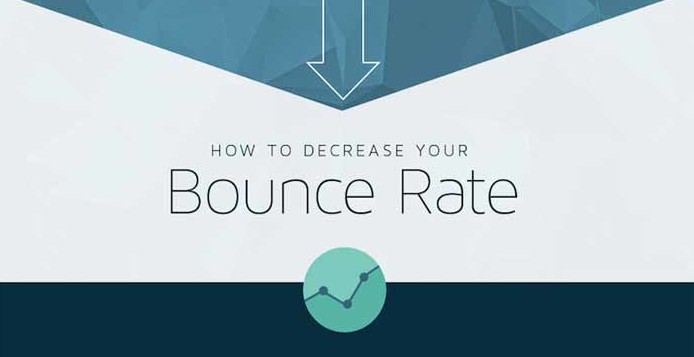Before we start talking about how to reduce your Bounce Rate, let’s talk about its meaning.
People just come and go from your landing page without visiting any other website pages? Well these are the people who build your Bounce Rate. This means that if 68% of your visitors leave your website after they see the landing page, then your Bounce Rate is 68%.
Remember that this first page they see could be your home page or any other landing page you choose.
Here is a simple equation for Bounce Rate:
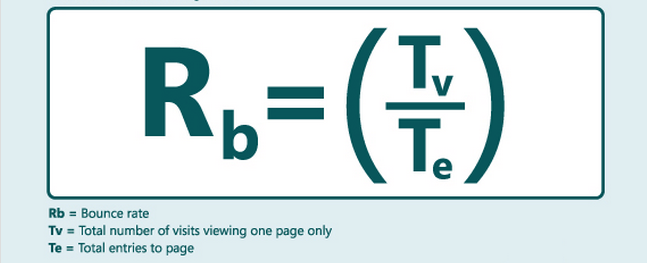
Are you spending a lot of money on advertising? People come on your website but there is no improvement in your conversion rate? Well, Bounce Rate has to big reasons: your prospects didn’t find what they were looking for or your website wasn’t friendly enough.
You have to find a way to make them see more from your website!
Here are 5 tips that will help you with your Bounce Rate:
1. Choose the right audience
It’s true that if you want to increase your conversion rate you can try to increase your website traffic, but don’t forget about what kind of people you bring to your website: it should be targeted traffic.
Review your advertising strategy and take a look on your keywords optimization, because they can help you with directing the right users on your website. You should find out about your visitors’ needs and then give them the content that fits them. Be aware that you have to use keywords that match your content more than your intention to attract more traffic.
Having the right audience is really great, but as long as we can’t have only this, please don’t blame untargeted traffic for your high bounce rate.

2. Show the right content for your first time visitors
We’ve mentioned before that people leave your website just because they didn’t find what they were looking for. Trust us, this is a really big problem because people feel that you lie them. Of course they’ll leave your website!
If you advertise a yellow pair of shoes, don’t show them red dresses on your landing page. They want to find those shoes! Always match your advertising with your landing pages; this might be the start of your relationship with your prospects.
You may catch them if that little dress has a big discount and they perceive it like a good opportunity, but you can be sure that this will be the start of the end. They won’t click your ads next time.
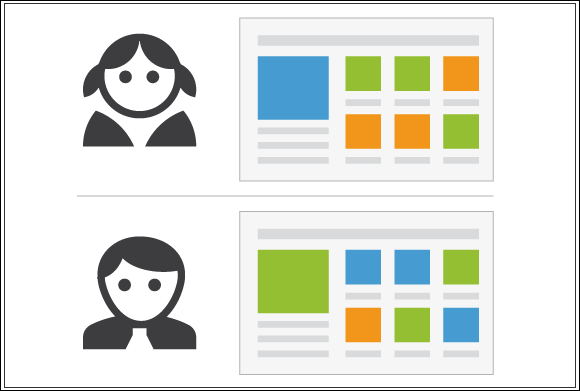
3. Pay attention to your website navigation
When creating your website you have to keep in mind that it has to be visually appealing, with a content that matches your audience needs – the audience you want to target, and you have to be sure that it loads fast.
The navigation has to be direct and simple and it has to drive visitors in the right direction. This is the way you can reach your goals.
If you are an eCommerce website, group your products in different categories and then utilize drop-down menus to arrange them based on your user’s interests.

4. Take a look at your content readability
People love images, videos and nice words. But sometimes companies fail in presenting their content because they use paragraphs that are too thick, without knowing that people get bored and tired reading this kind of texts.
Try to post your content in an easy-to-read way: use great big headlines, try subheadlines for a little bit more details about your text,use bullets to present your benefits, use images – charts, photos, screen shots, bold some important words, invite readers to participate – ask questions.
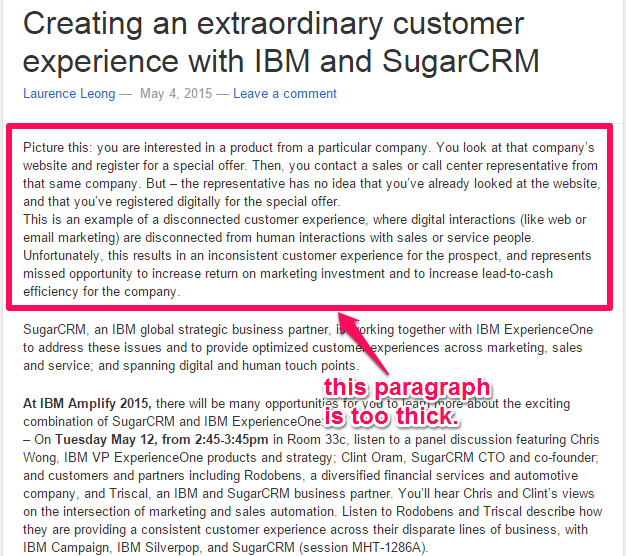
5. Target Keywords with high value traffic
According to Neil Patel targeting high-value keywords brings you high-value traffic. It seems like a good keyword is an intersection of traffic, conversion, persona and brand.
Make a difference between informational and commercial keywords:
- Informational can bring you awareness while commercial can bring you more people interested in your products.
Here are some examples:
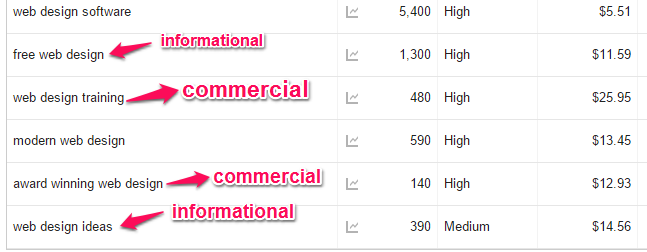
You can use Google AdWords Keyword Planner to get more ideas for your keyword list. You will see that it will return to you high, medium and low keywords value so it will be very simple for you to find the great ones.
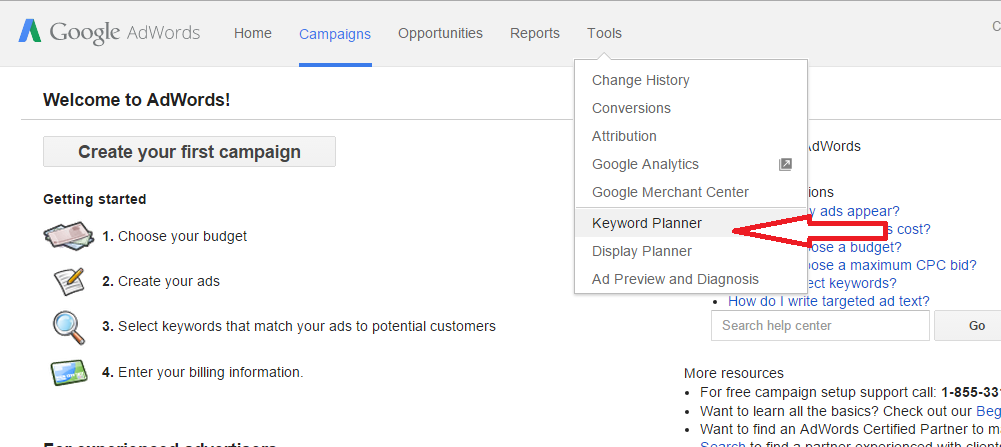
These are a few simple tips to implement if you want reduce you website bounce rate. Before you get panic about your bounce rate, you’d better find out what is the average bounce rate in your business.
We find out that for ecommerce websites the bounce rate in 2014 was between 20 and 40%.
Do you have any other tips you use to decrease your bounce rate?
Sources:

